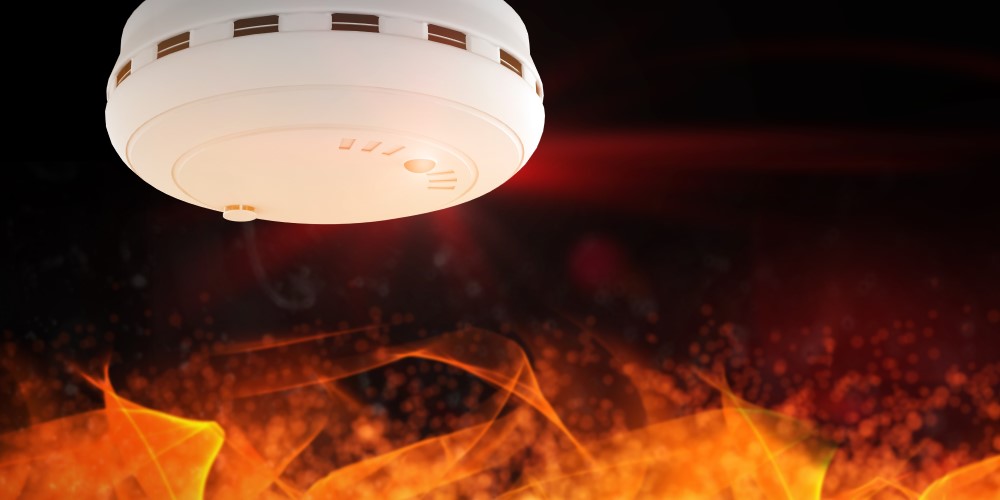A fire alarm is a standalone device or a complete network of devices installed in a building or an area, which gives audible and/or visual warning of an outbreak of fire in that building or area. There are three types of fire alarm systems: automatic, semi-automatic, and manual. Fire alarm systems are mandatory in buildings, industrial installations, markets, offices, living spaces, public areas, and some types of transport.
Fire alarms are explained by Rojin Group
Fire alarms typically have audible and visible, mechanical or electrical signals or intelligence that indicate a fire incident that necessitates emergency actions like fire-fighting, emergency services, and evacuation from a building or an affected area.
The location, occupants, noise environment, legal requirements, and choices affect the variety of fire alarms and combinations available. The types used singularly or in combinations include:
-
Bell or gong – manual or electrical
-
Siren – electrical
-
Hooter – electrical
-
Emergency voice alarm communication systems – electrical
-
Flashing or rotary warning lights – electrical
Three main stages are present in a fire alarm system:
-
Detection – manual (when flame, smoke, and burning smell are detected) or automatic (heat or smoke detectors). False alarms are possible with automatic detection
-
Signal initiation can be manual (pull or push the bell, electric or manual), semi-automatic (through a system panel that requires manual confirmation), or automatic (with a chance of false alarms).
-
Occupant notification can be manual, semi-automatic (automatic detection, manual confirmation, and notification) or automatic (there are chances of false alarms).
Fire alarms that are combined with automatic fire extinguishing systems can be used as occupant notification and evacuation warning signals.
Reference: What Does Fire Alarm Mean


